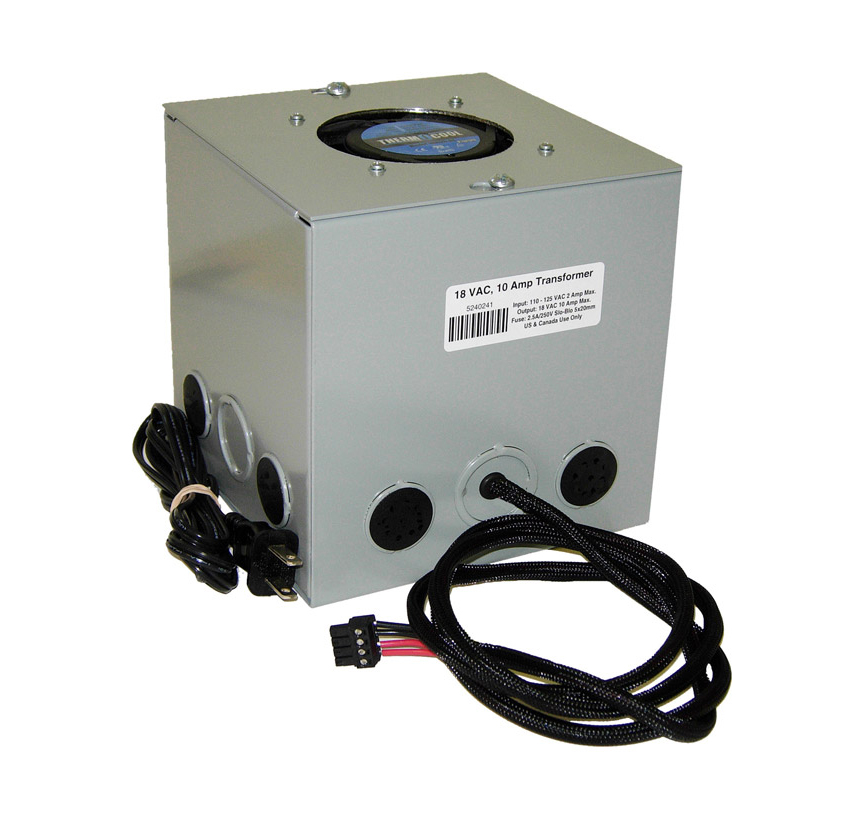RE: (DCS) Electrical Noise Interference's.
Information: (V-DC switching power supplies)
A linear regulated V-DC power supply regulates the output voltage by dropping excess voltage in a series dissipative component.
They use a moderately complex regulator circuit to achieve very low load and line regulation.
Are much larger in size and give off a lot of heat.
Also more costly to manufacture.
Linear regulated power supplies also have very little ripple and very little output electrical noise.
A switched-mode power supply (SMPS) is an electronic circuit that converts power using switching devices
that are turned on and off at high frequencies.
Storage components such as inductors or capacitors to supply power when the switching device is in its non-conduction state.
Are much smaller in size and give off very little heat.
Also much cheaper to manufacture.
What has caused the biggest problem with the switched-mode power supplies (SMPS),
there so many different "Types".
Medical (SMPS) power supplies use "EMI Filtering" to reduce electrical noise interferences.
There are "Common Ground" or "Interfering Ground Loop" ground connections
inside the power supply.
There are (SMPS) power supplies that come with pulse width modulation (PWM).
Pulse width modulation is used in a variety of applications including sophisticated control circuitry.
PWM (Pulse Width Modulated) power supplies are a type of switching power supply.
Pulse Width Modulation is generally used to help regulate the voltage in a switching power supply.
This is necessary when the current demand on the power supply or the charging system's supply voltage is not constant.
In a standard switching power supply (non PWM), each of the primary windings of the transformer
are driven with a 50% duty cycle (actually a bit less than 50%) square wave regardless of the current draw on the secondary or the supply voltage.
In a pulse width modulated power supply the duty cycle may vary from approximately 1% up to 50% (although it's not generally that wide of a range).
An effective method to reduce electrical noise is to use a DC-to-DC converter.
A switched-mode power supply (SMPS) "Must" be a PWM (Pulse Width Modulated) power supply.
The input signal is converted by means of PWM (Pulse Width Modulation) into a frequency signal,
and demodulated again on the output side to form an analog value.
An amplifier then generates a standardized analog signal.
Warning:
If you intend to use a DC-to-DC converter, be sure to add a 10.Amp fuse to protect the (TIU) unit.
ED-RRR ......













